Wildlife conservationists are growing concerned about council plans to plant 15,000 trees in an Aberdeen nature reserve.
Scotstown Moor in the north of the Bridge of Don area is one of only a handful of local nature reserves (LNRs) in Aberdeen.
It contains areas of habitat that are rare in the Granite City, such as heathland and wetland, and is home to various species of plants and animals.
Aberdeen City Council is currently running a consultation on its proposals to plant new trees at Scotstown Moor, as part of its overarching programme of planting a million trees across Aberdeen.
The local authority says the new trees “would provide a new habitat for wildlife and would also help tackle climate change”.
However, the Aberdeen and Aberdeenshire group of the Scottish Wildlife Trust has raised “serious concerns” over the plans, and fears that 15,000 new trees in the area would have a negative impact on the biodiversity already present at the LNR.
How exactly could planting more trees be a bad thing?
Parts of Scotstown Moor are designated to be a Site of Special Scientific Interest (SSSI), due in part to its wetlands.
Roger Owen, chairman of the local trust group, said there is concern that planting thousands of trees could have a bad effect on these wetlands through changes to natural drainage.
He said: “First of all, I think that Aberdeen City Council’s climate change plan and planting trees are great ideas, and it’s superb the council is thinking along these lines, it’s very forward-thinking.
“However, the idea is to have the right trees, in the right place.
“And in this particular case, planting trees across the original heathland, grasslands, and close to the wetland will have quite the impact.
“It’s quite likely to impact on the natural water drainage, which would affect the wetland”.
The local trust group said many of the wetland plant species present at Scotstown Moor are adapted to wetter conditions, and would struggle to survive if they found themselves in drier conditions.
Roger added: “Some modest expansion of the number of trees on Scotstown Moor may be appropriate.
“By this we mean a gradual expansion of tree cover in selected areas, which would over time lead to an increase in the cover of locally native tree species, with a mixed-aged structure.”
What would the Trust group like to see happen to Scotstown Moor?
Around the reserve right now, there are signs urging people to take part in the council’s public’s consultation.
But there are also Scottish Wildlife Trust signs up encouraging people to consider alternatives for the moor.
Roger said he and the local trust group believe a good alternative for the future of Scotstown Moor would be to carry out large scale restoration of the grasslands, improve protection of the existing wetlands, and ensure long-term protection of the heathland.
Roger and the trust group think this proposal should be highlighted in the council’s public consultation.
“We feel there’s a better biodiversity improvement opportunity here of restoring the original heathland than there is from creating a woodland at that particular site,” added Roger.
A spokesman for Aberdeen City Council said that the proposals for Scotstown Moor are far from finalised, and encouraged the public to take part in their consultation.
He said: “We welcome all comments and views in our consultation.
“The final plan is not yet in place, and we will consider everyone’s comments and observations before we take the next steps.
“With that in mind, we look forward to receiving the Scottish Wildlife Trust’s input via the consultation process.”
You can take part in the city council’s consultation, which runs until August 22, here.
And you can find out more about the Aberdeen and Aberdeenshire group of the Scottish Wildlife Trust’s thoughts on Scotstown Moor here.
You may also like to read:
- The forest restoration group saving habitats ‘one sausage at a time’
- ‘It’s sink or swim’: A beginner’s guide to allotments in Aberdeen
- Green Lairds? Carbon credits? Your guide to Scotland’s carbon capture controversies
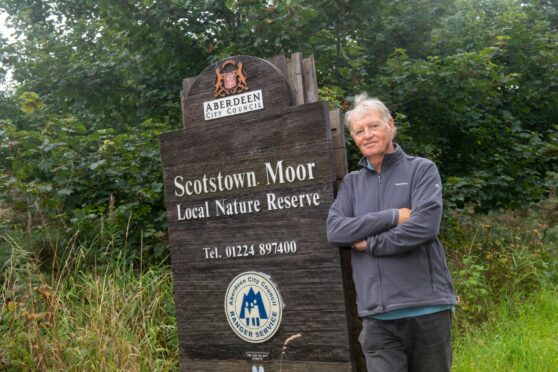
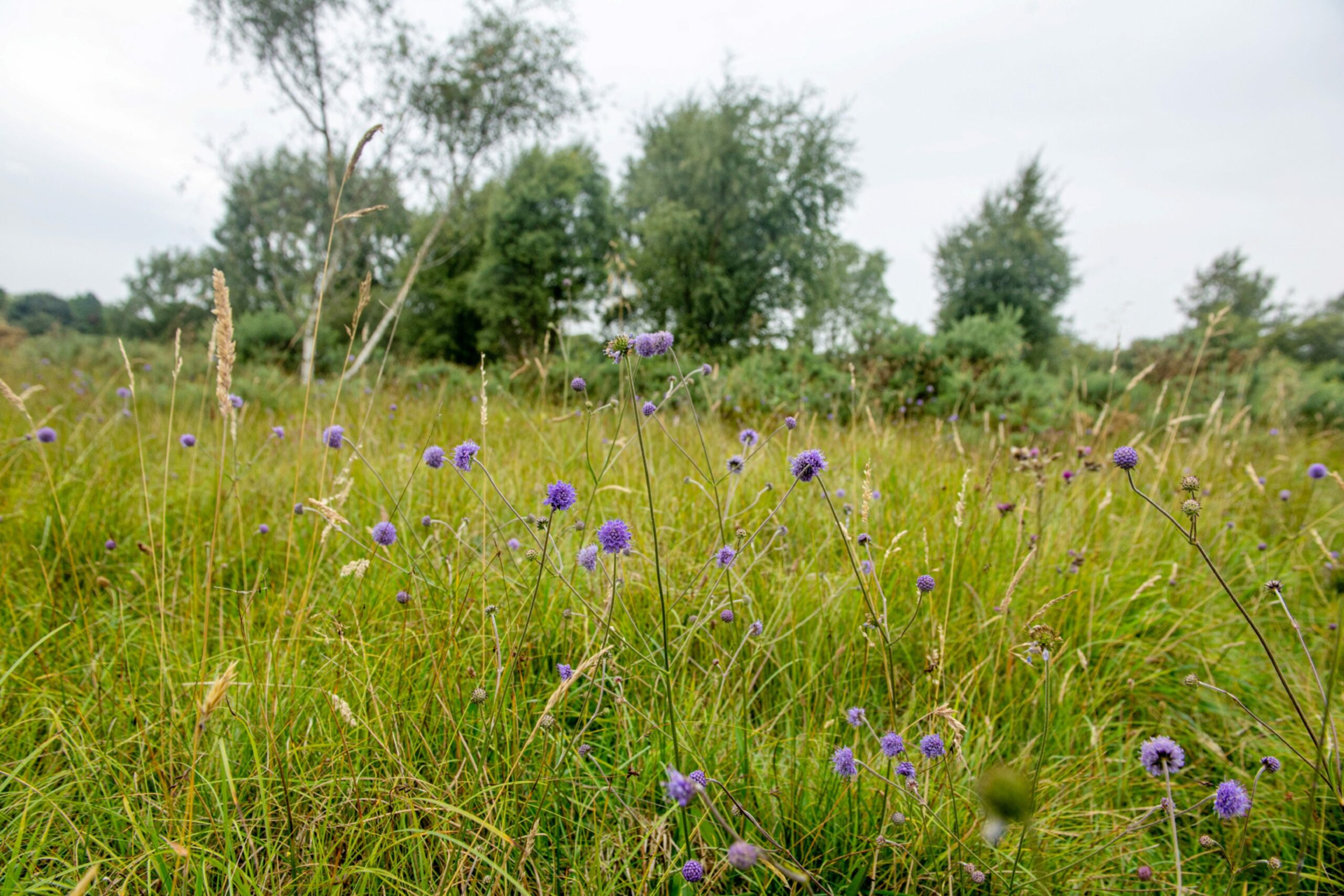
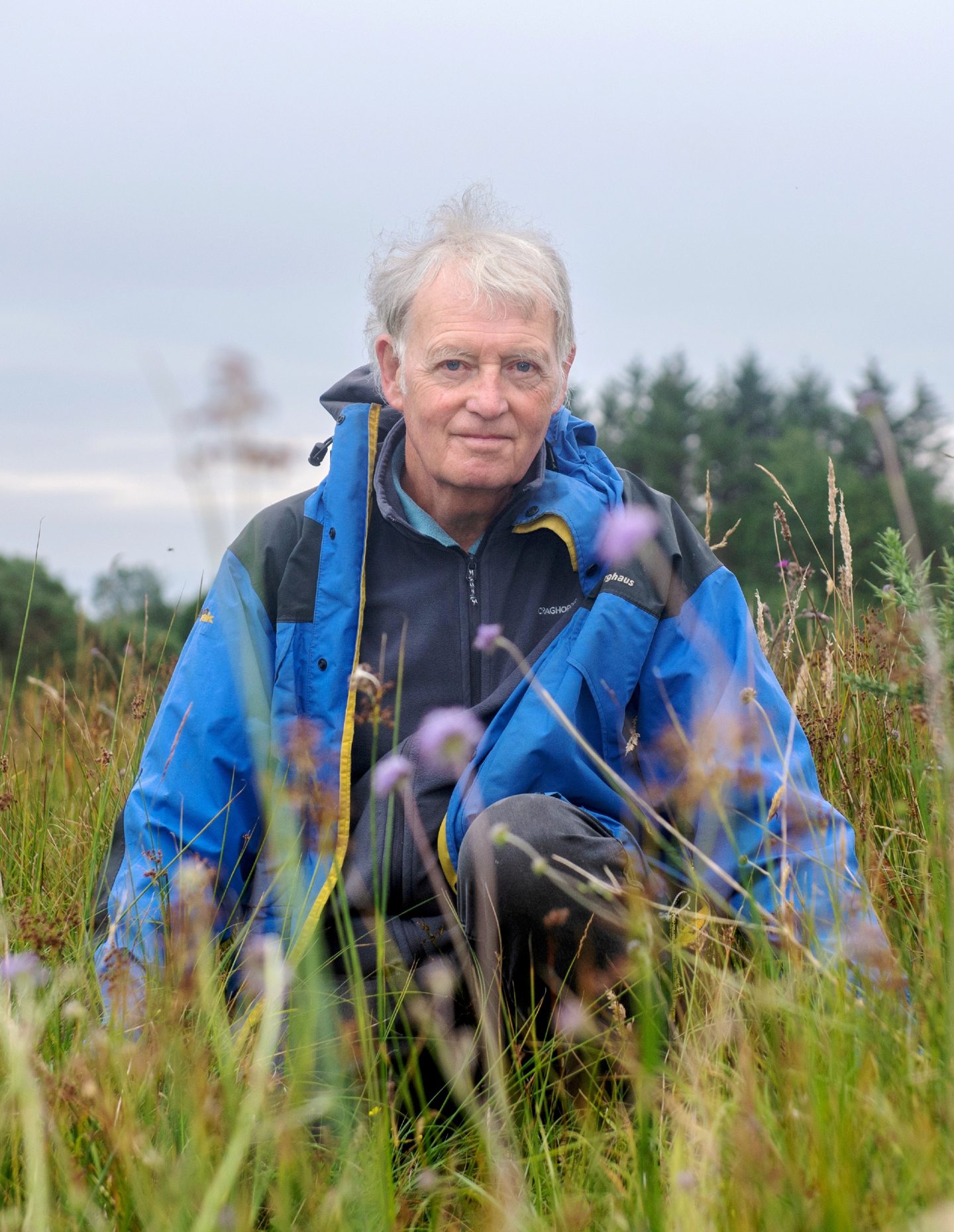
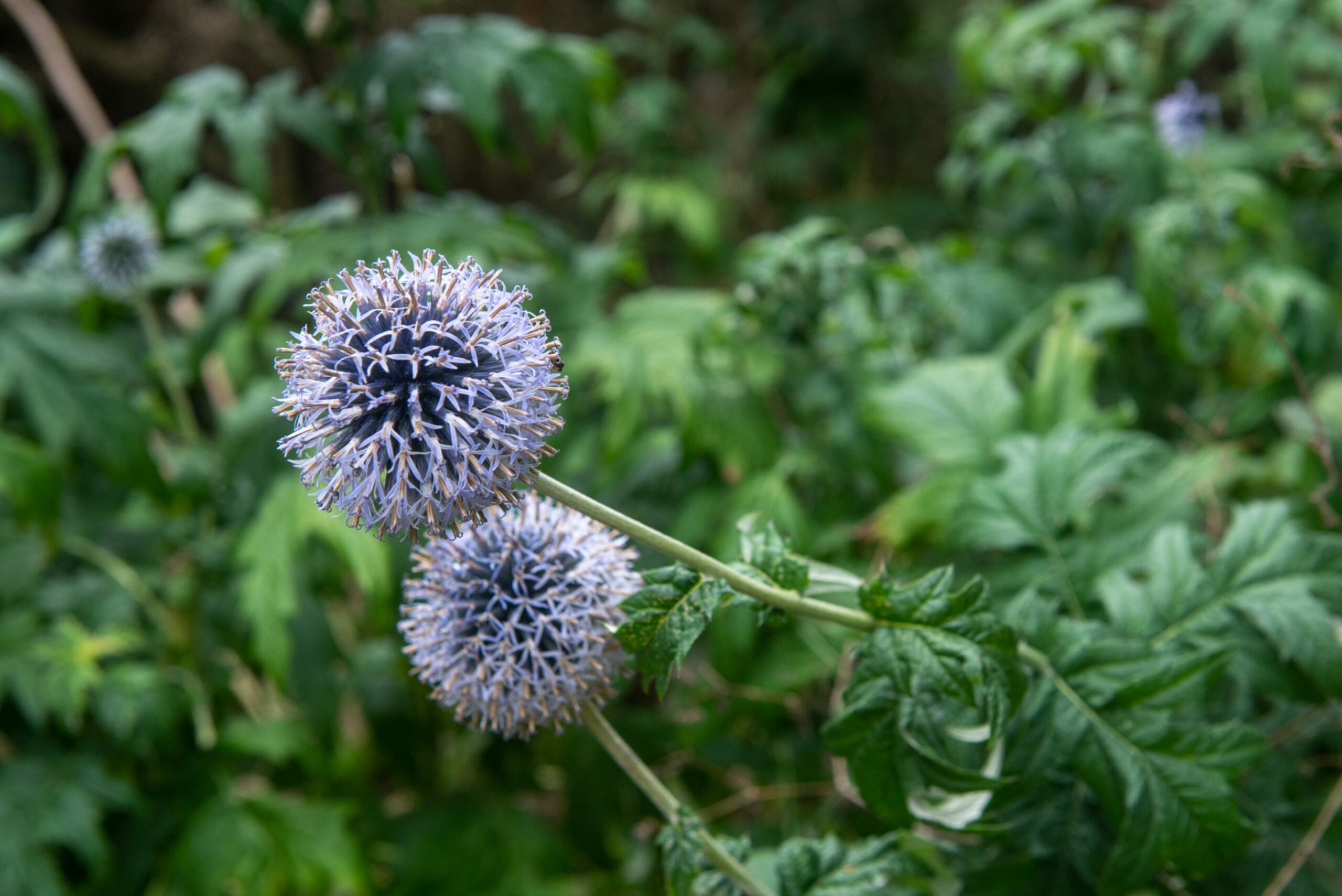
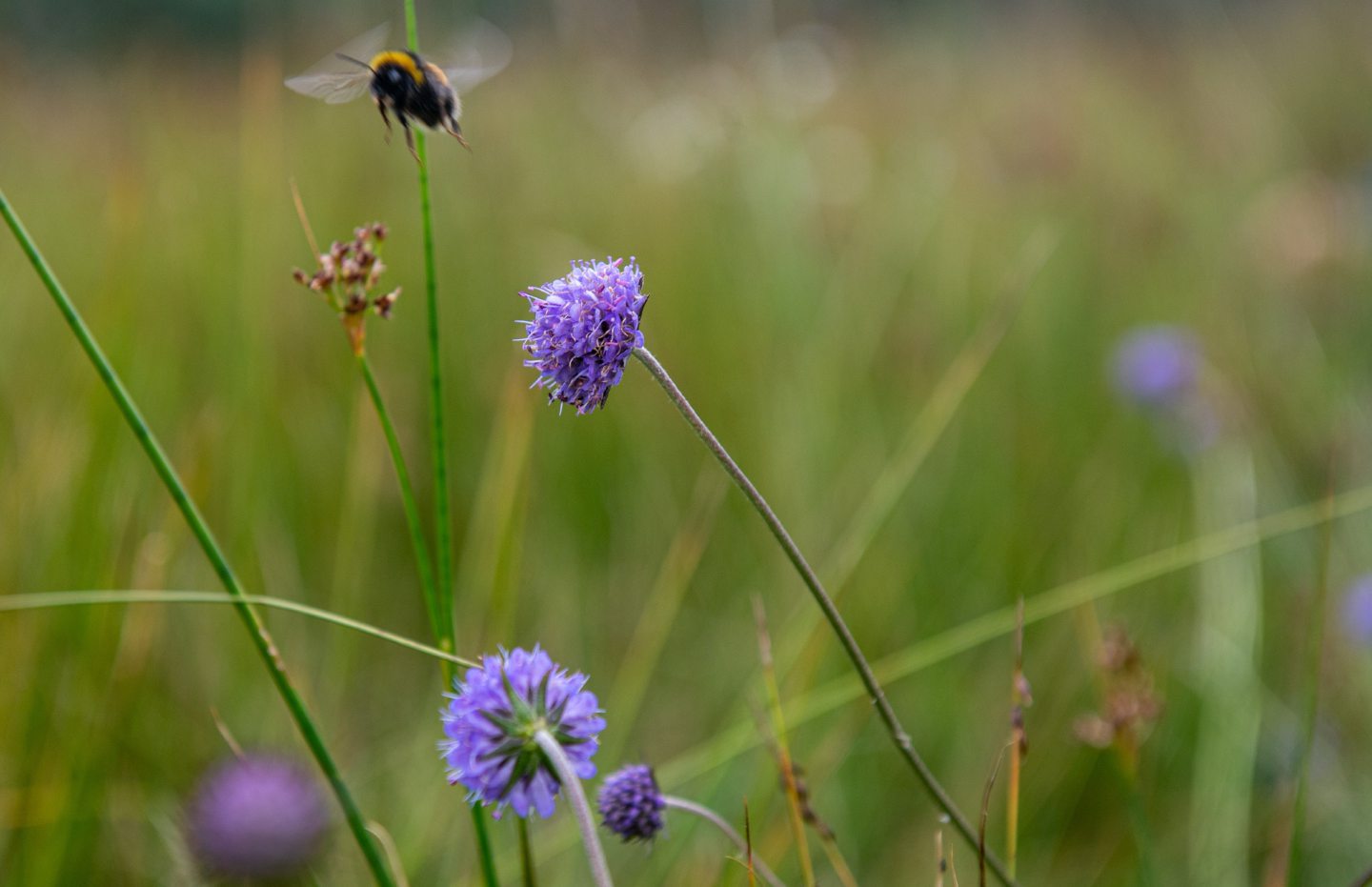
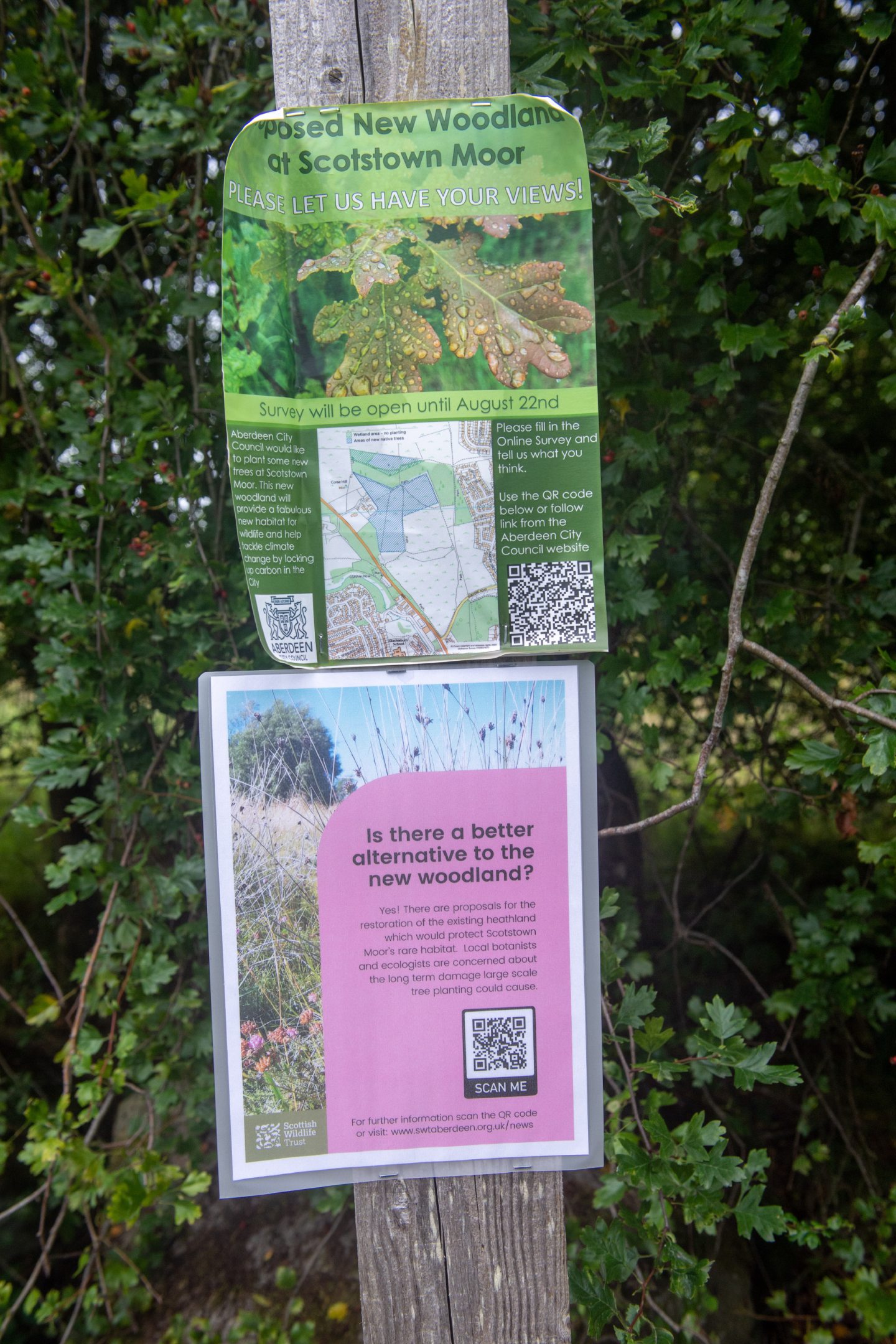
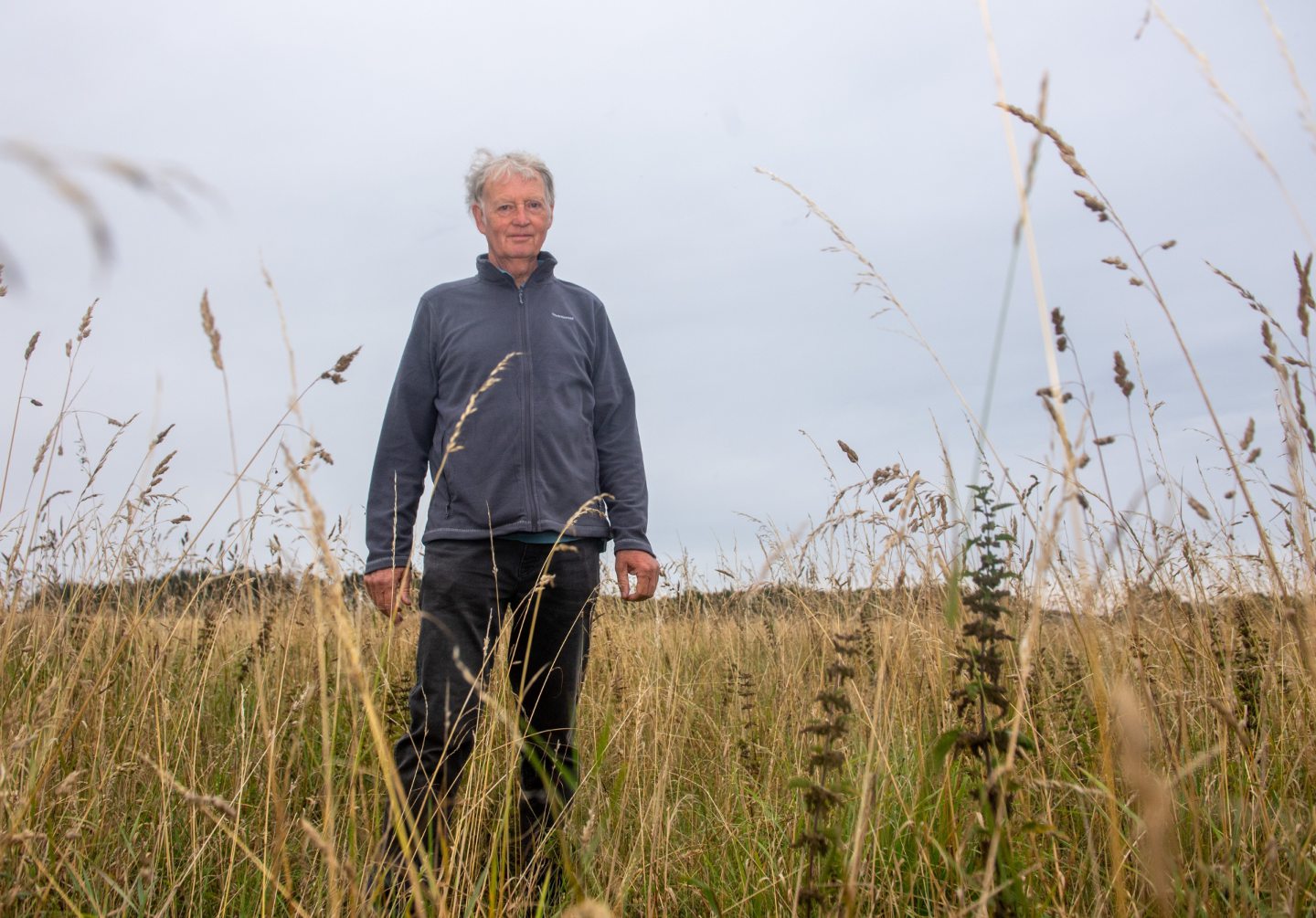
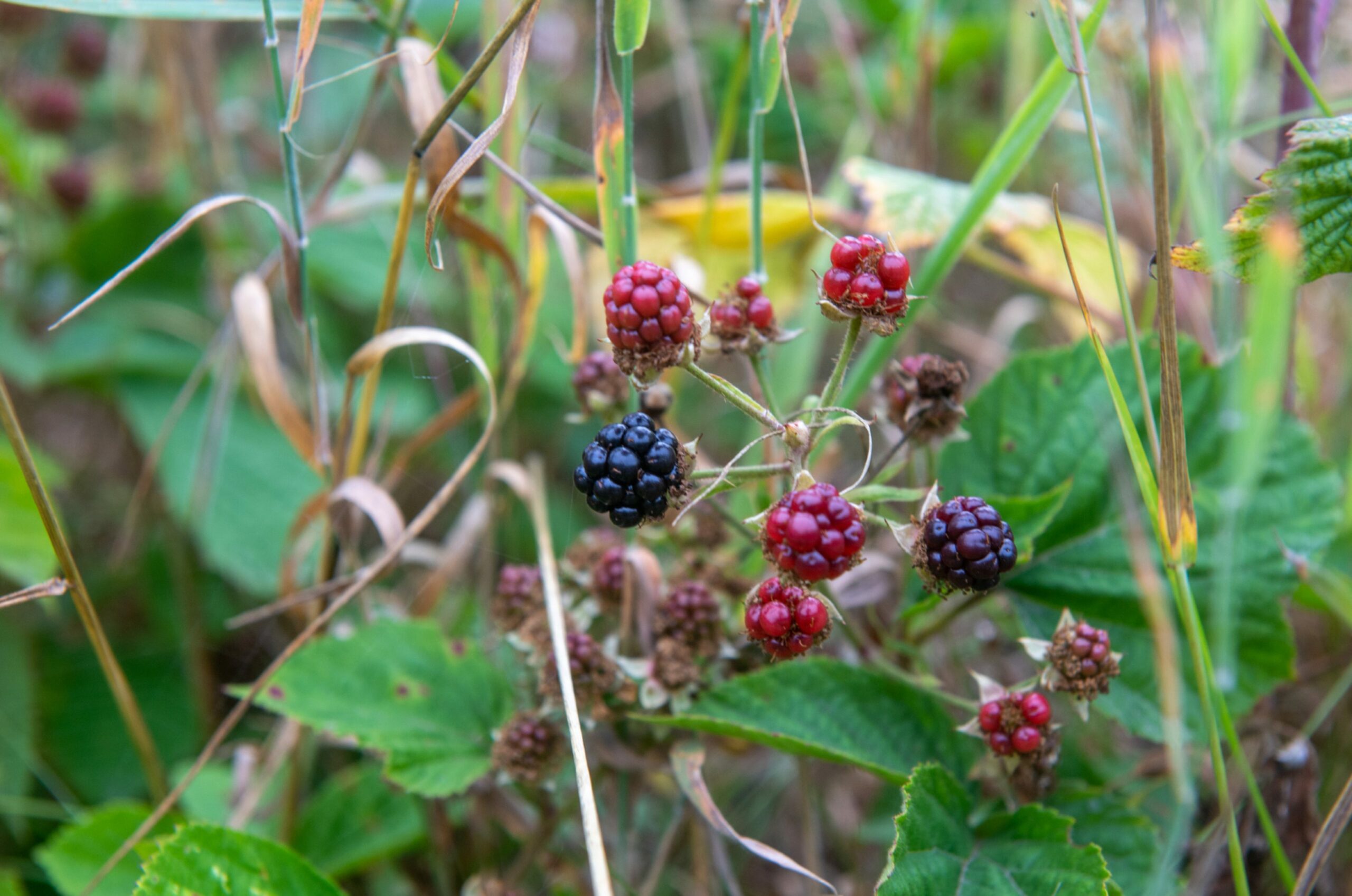
Conversation